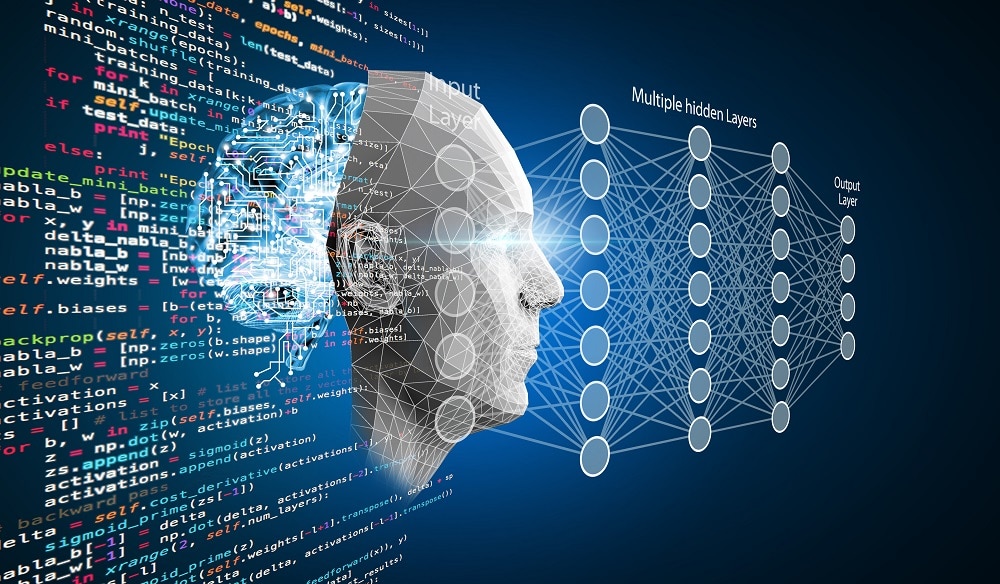Semantic Analysis and Syntactic Analysis are two essential elements of NLP. Learn how these two benefit the advances in deep learning and AI.
Understanding Natural Language Processing
Natural Language Processing or NLP is a branch of computer science that deals with analyzing spoken and written language. Advances in NLP have led to breakthrough innovations such as chatbots, automated content creators, summarizers, and sentiment analyzers. The field’s ultimate goal is to ensure that computers understand and process language as well as humans.
The Components of Natural Language Processing
There are 2 main components of Natural language processing: Syntactic Analysis and Semantic analysis.
Syntactic Analysis
Syntactic analysis involves analyzing the grammatical syntax of a sentence to understand its meaning.
For example, consider the following sentence: “The cow jumped over the moon“
Using Syntactic analysis, a computer would be able to understand the parts of speech of the different words in the sentence. Based on the understanding, it can then try and estimate the meaning of the sentence. In the case of the above example (however ridiculous it might be in real life), there is no conflict about the interpretation. Thus, the syntactic analysis does the job just fine.
However, human language is nuanced and not always, is a sentence as simple as the one described above. Consider this: “Does this all sound like a joke to you?“
A human would easily understand the irateness locked in the sentence. However, a syntactic analysis may just be too naive for it. That leads us to the need for something better and more sophisticated, i.e., Semantic Analysis.
Semantic Analysis
In the case of semantic analysis, a computer understands the meaning of a text by analyzing the text as a whole and not just looking at individual words. The context in which a word is used is very important when it comes to semantic analysis. Let’s revisit the same example: “Does it all sound like a joke to you?” While the word “joke” may be positive on its own, something sounding like a joke may not be so. Thus, the context here is derived by analyzing the whole sentence instead of isolated words.
The semantic analysis does throw better results, but it also requires substantially more training and computation. We will now understand why.
How does Semantic Analysis work
What’s an Orange?
It could be a fruit, a color, or a place! To know the meaning of Orange in a sentence, we need to know the words around it.
For example, if the sentence talks about “orange shirt,” we are talking about the color orange. If a sentence talks about someone from Orange wearing an orange shirt – we are talking about Orange, the place, and Orange, the color. And, if we are talking about someone from Orange eating an orange while wearing an orange shirt – we are talking about the place, the color, and the fruit.
You see, the word on its own matters less, and the words surrounding it matter more for the interpretation. A semantic analysis algorithm needs to be trained with a larger corpus of data to perform better.
Over the years, NLP has progressed from syntactic analysis to semantic analysis. Think about Google Search. 10-15 years ago, search results were filled with irrelevant junk. It was easy for SEO practitioners to load their pages with keywords and rank. It’s not the same case today. Search Engines, like Google, can interpret content beyond individual words.
Advantages of Semantic Analysis
A strong grasp of semantic analysis helps firms improve their communication with customers without needing to talk much.
Improved Customer Knowledge
A company can scale up its customer communication by using semantic analysis-based tools. It could be BOTs that act as doorkeepers or even on-site semantic search engines. By allowing customers to “talk freely”, without binding up to a format – a firm can gather significant volumes of quality data.
Emphasized Customer-centric Strategy
A successful semantic strategy portrays a customer-centric image of a firm. It makes the customer feel “listened to” without actually having to hire someone to listen.
Refined SEO Strategy
Modern-day SEO strategy requires a semantic approach. Content is today analyzed by search engines, semantically and ranked accordingly. It is thus important to load the content with sufficient context and expertise. On the whole, such a trend has improved the general content quality of the internet.
How does Syntactic Analysis work
Syntactic analysis is much easier to implement than semantic analysis. The typical process includes:
-
- Tokenization: Breaking a text into sentence tokens & then a sentence into word tokens
- Lemmatization: Identifying the lemma of a word. Example: Cri will be the lemma for all cry , crying, cried
- POS Tagging: Identifying the part of speech (POS) of a particular word in a sentence.
Advantages of Syntactic Analysis
While semantic analysis is more modern and sophisticated, it is also expensive to implement. Thus for simple text analysis, syntactic analysis is still used. One such need is described below.
Parsing
Parsing implies pulling out a certain set of words from a text, based on predefined rules. For example, we want to find out the names of all locations mentioned in a newspaper. Semantic analysis would be an overkill for such an application and syntactic analysis does the job just fine.
Frequently Asked Questions
Do the syntax analysis and semantic analysis give the same output?
Syntax analysis and Semantic analysis can give the same output for simple use cases (eg. parsing). However, for more complex use cases (e.g. Q&A Bot), Semantic analysis gives much better results.
What is the difference between syntactic analysis and semantic analysis?
Syntactic and Semantic Analysis differ in the way text is analyzed. In the case of syntactic analysis, the syntax of a sentence is used to interpret a text. In the case of semantic analysis, the overall context of the text is considered during the analysis.
How do syntax and semantics work together?
Syntax and Semantics analysis can be used to work together. Syntax analysis can narrow down a problem to corner cases and then Semantic analysis can solve for those.
How does NLP impact CX automation?
CX can be impacted positively by using NLP in the form of chatbots. When visitors are on a site, an efficient chatbot can guide them to their zones of interest and hence improve their chances of purchase.





